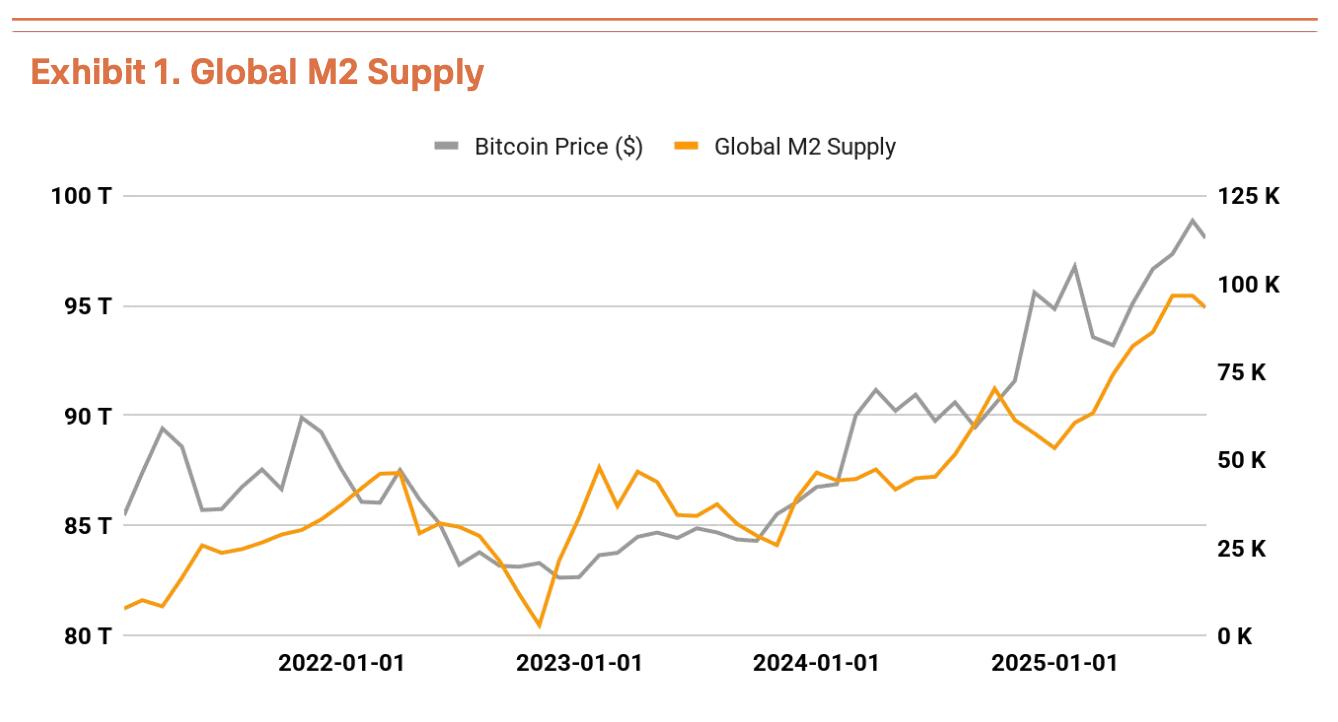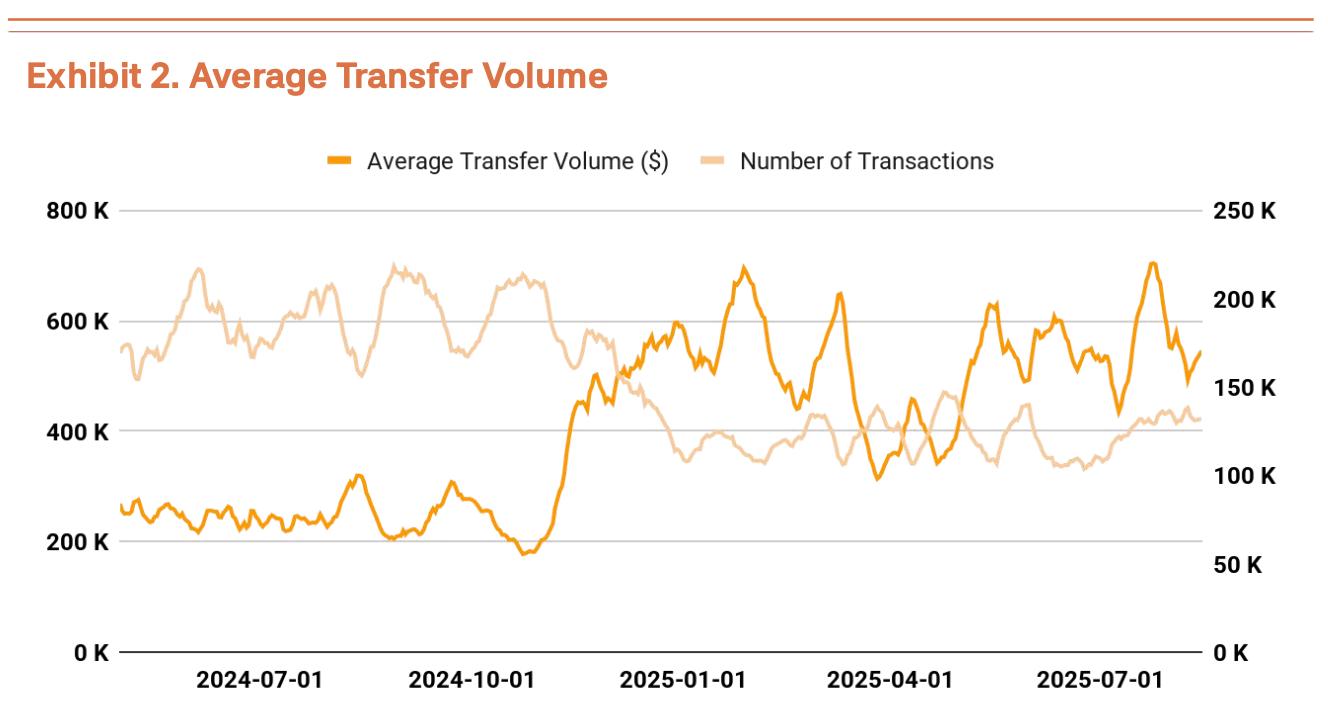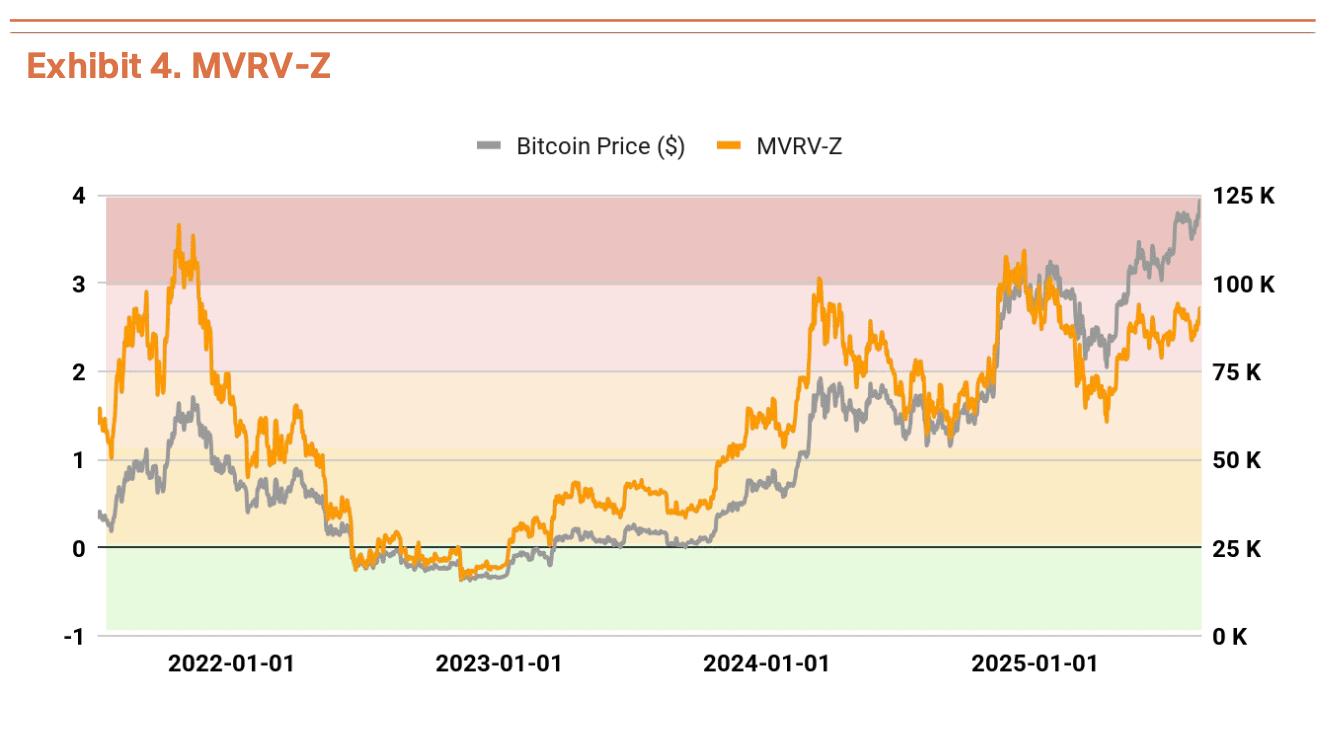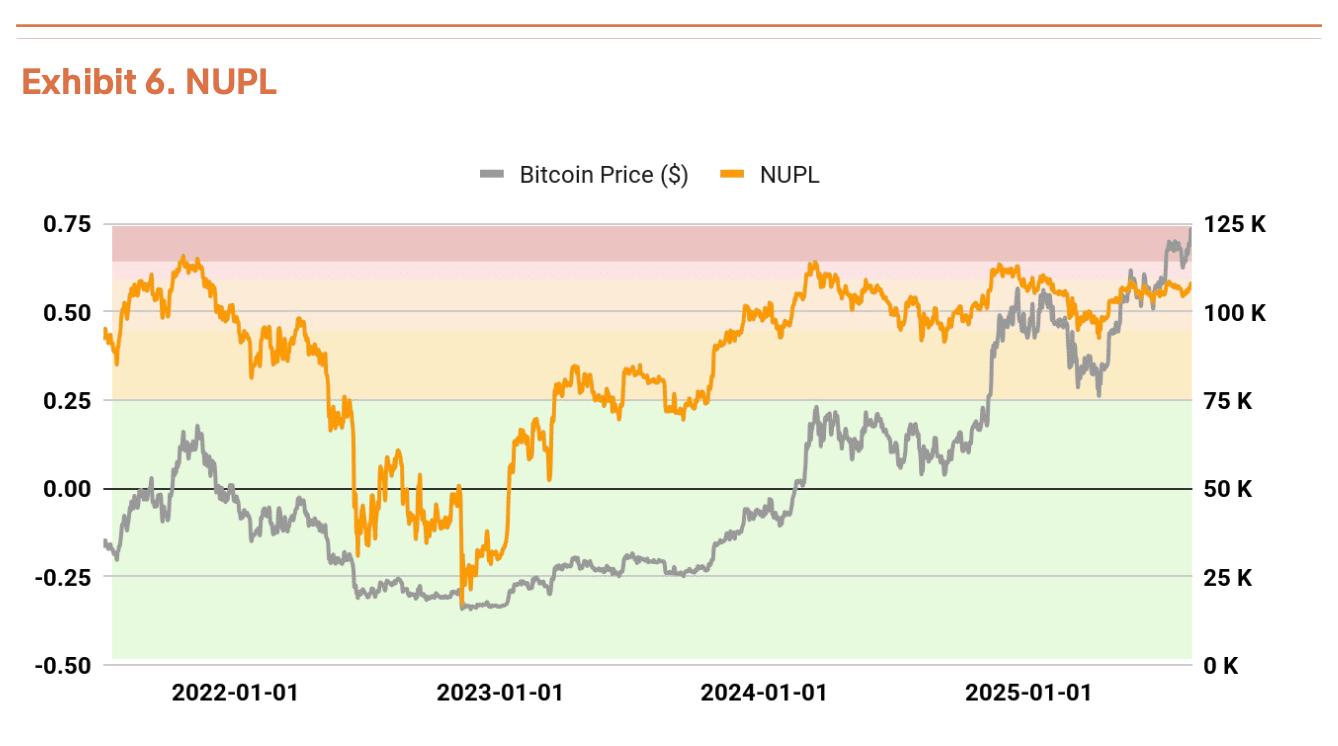Summary of key points
Bitcoin's institutional adoption is accelerating - US 401(k) pension investment channels are opening up, and ETFs and corporate entities continue to accumulate on a large scale
The best environment since 2021 - global liquidity is at historical highs and major countries are in rate cutting mode
Shift from retail-led to institutional-led market - Despite signs of overheating, solid institutional buying supports downside risks
Global liquidity expansion, institutional accumulation, and regulatory tailwinds drive Bitcoin adoption
Three core drivers are currently driving the Bitcoin market: 1) expanding global liquidity, 2) accelerating institutional capital inflows, and 3) a crypto-friendly regulatory environment. These three factors, working in concert, have created the strongest upward momentum since the 2021 bull run. Bitcoin is up approximately 80% year-over-year, and we believe there are limited factors that could derail this upward momentum in the short to medium term.

In terms of global liquidity, one key point that stands out is that the M2 money supply across major economies has surpassed $90 trillion, a record high. Historically, M2 growth rates and Bitcoin prices have shown similar directional patterns, and if the current monetary expansion continues, there is still significant room for further appreciation (Exhibit 1).
Additionally, President Trump’s pressure for rate cuts and the Federal Reserve’s dovish stance have paved the way for excess liquidity to flow into alternative assets, with Bitcoin being the primary beneficiary.
Meanwhile, institutional accumulation of Bitcoin is proceeding at an unprecedented pace. US spot ETFs hold 1.3 million BTC, approximately 6% of the total supply, while MicroStrategy (MSTR) alone holds 629,376 BTC (worth $71.2 billion). Crucially, these purchases represent a structural strategy, not a one-off trade. MicroStrategy's continued purchases, particularly through convertible bond issuance, signal the formation of a new layer of demand.
Furthermore, the Trump administration's executive order issued on August 7th represents a game-changer. Opening up 401(k) retirement accounts to Bitcoin investment creates potential access to an $8.9 trillion pool of capital. Even a conservative 1% allocation would represent $89 billion—roughly 4% of Bitcoin's current market capitalization. Given the long-term holding nature of 401(k) funds, this development should not only contribute to price appreciation but also help reduce volatility. This is a clear signal that Bitcoin is transitioning from a speculative asset to a core institutional holding.
Institutions drive trading volumes while retail activity fades

The Bitcoin network is currently undergoing a restructuring around large investors. The average daily transaction count dropped 41% from 660,000 in October 2024 to 388,000 in March 2025, yet the value of each Bitcoin transfer actually increased. The growing number of high-value transactions from institutions like MicroStrategy has increased the average transaction size. This signals a shift in the Bitcoin network from a "small, high-frequency" to a "large, low-frequency" transaction model (Exhibit 2).

However, fundamental indicators show uneven growth. While institutional restructuring has clearly boosted Bitcoin’s network value, transaction counts and active users have yet to recover (Exhibit 3).
Improving fundamentals will require activating the ecosystem through BTCFi (decentralized financial services based on Bitcoin) and other initiatives, but these are still in the early stages of development and will take time to have a meaningful impact.
Overbought, but institutions provide bottom support

On-chain indicators show some signs of overheating, however, significant downside risk remains limited. The MVRV-Z indicator (which measures current price relative to investors’ average cost basis) is at 2.49, placing it in overheated territory, having recently spiked to 2.7, warning of a possible near-term correction (Exhibit 4).


However, aSOPR (1.019), which tracks investors’ realized profits/losses, and NUPL (0.558), which measures the overall market’s unrealized profits/losses, both remained stable, indicating an overall healthy market (Exhibits 5, 6).
In short, while current prices are high relative to the average cost basis (MVRV-Z), actual selling is occurring at modestly profitable levels (aSOPR), and the market as a whole has not yet reached excessively profitable territory (NUPL).
This dynamic is supported by institutional buying power outstripping retail buying. Continued accumulation from ETFs and MicroStrategy-type entities is providing solid price support. A short-term pullback is possible, but a trend reversal seems unlikely.
Target price $190,000, with 67% upside potential
Our TVM (Time Value of Money) methodology derives a $190,000 price target using the following framework: We establish a base price of $135,000 (removing extreme fear and greed sentiment from the current price) and then apply a +3.5% fundamental multiplier and a +35% macro multiplier.
The fundamental multiplier reflects improvements in network quality—higher transaction value despite fewer transactions. The macro multiplier captures three powerful forces: expanding global liquidity (e.g., M2 exceeding $90 trillion), accelerating institutional adoption (e.g., ETFs holding 1.3 million BTC), and an improving regulatory environment (e.g., $8.9 trillion unlocked in 401(k) eligibility).
From current levels, this implies a 67% upside potential. While the target is aggressive, it reflects the structural changes taking place in Bitcoin as it transitions from a speculative asset to an institutional portfolio allocation.






